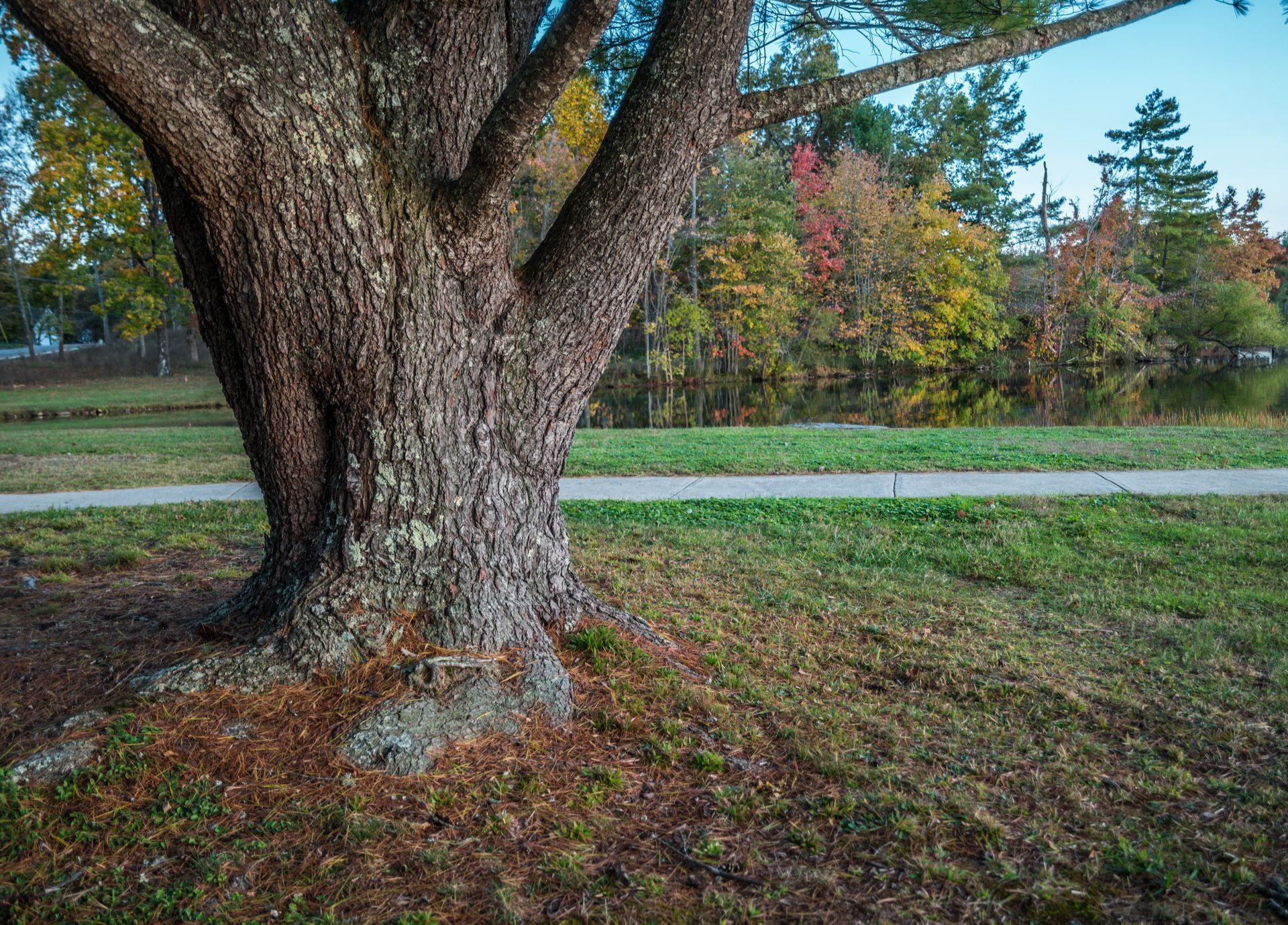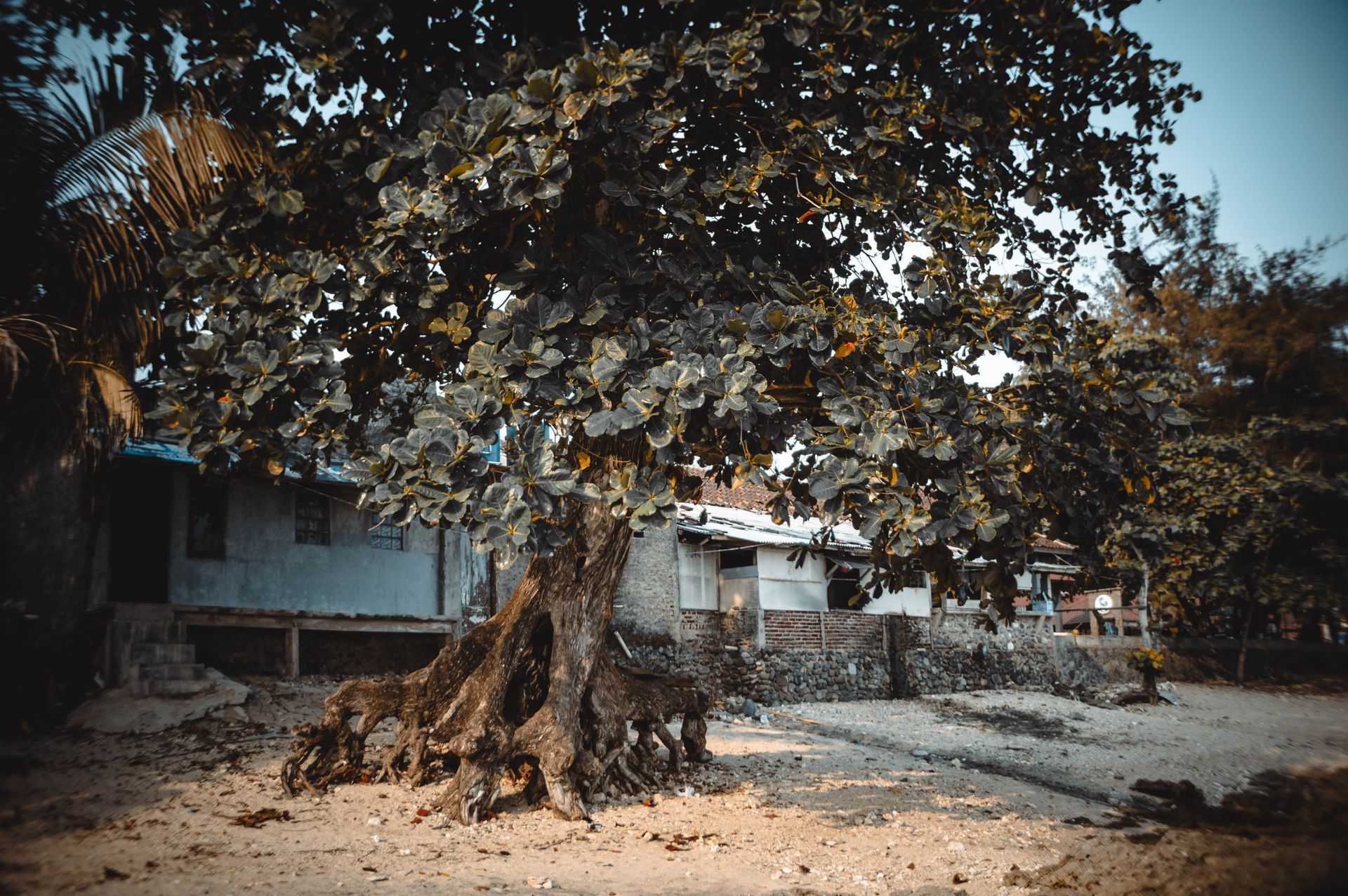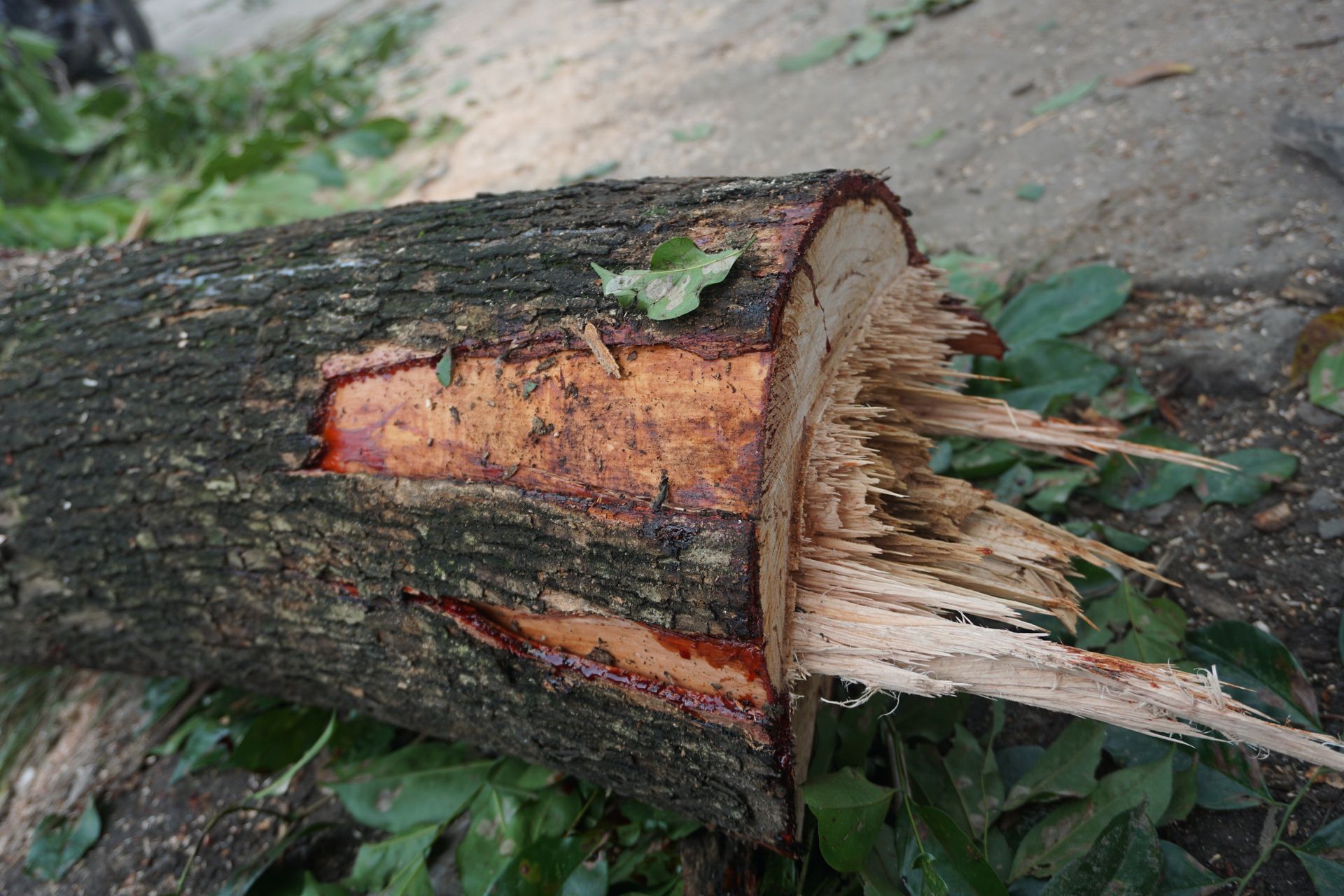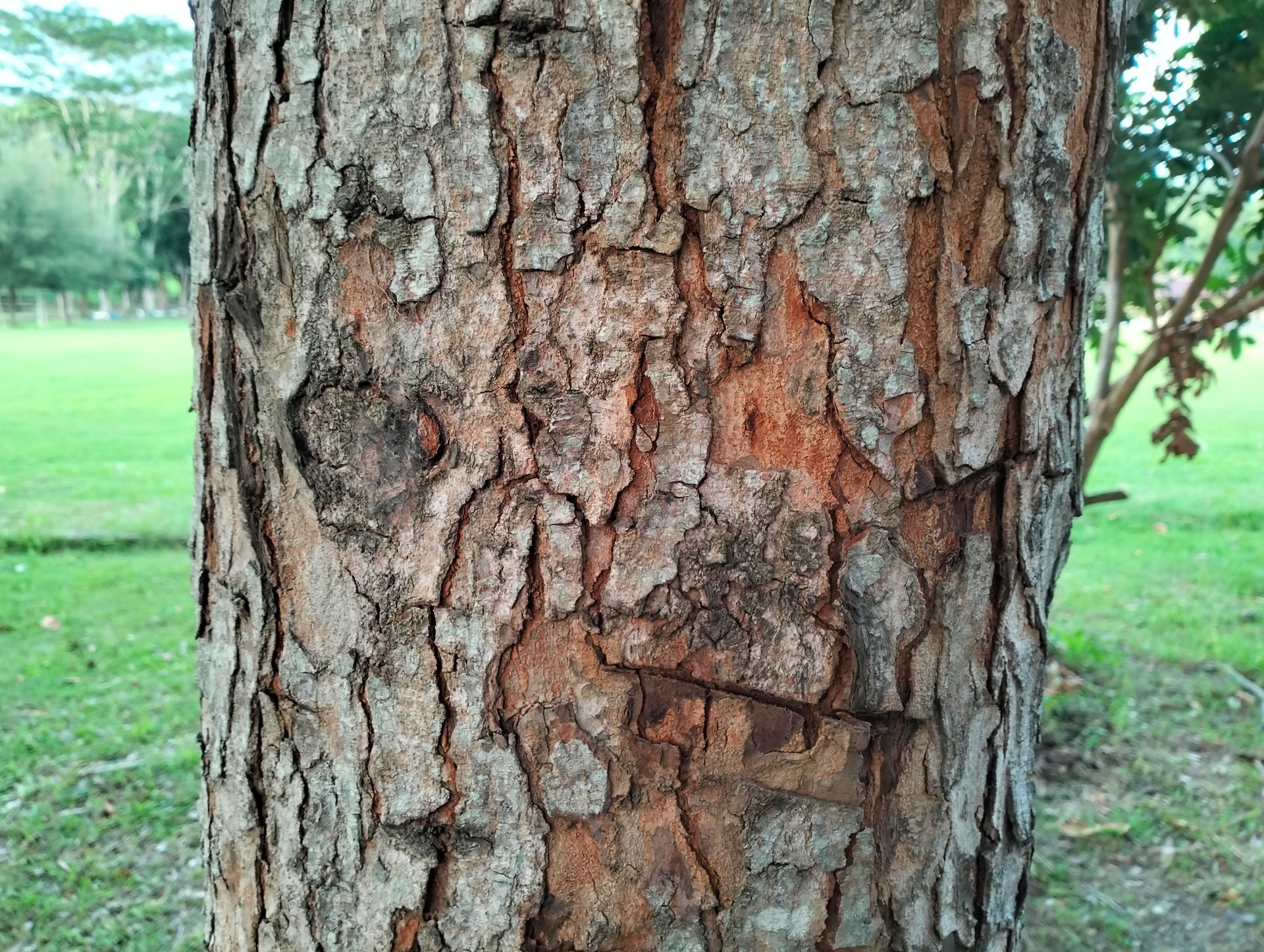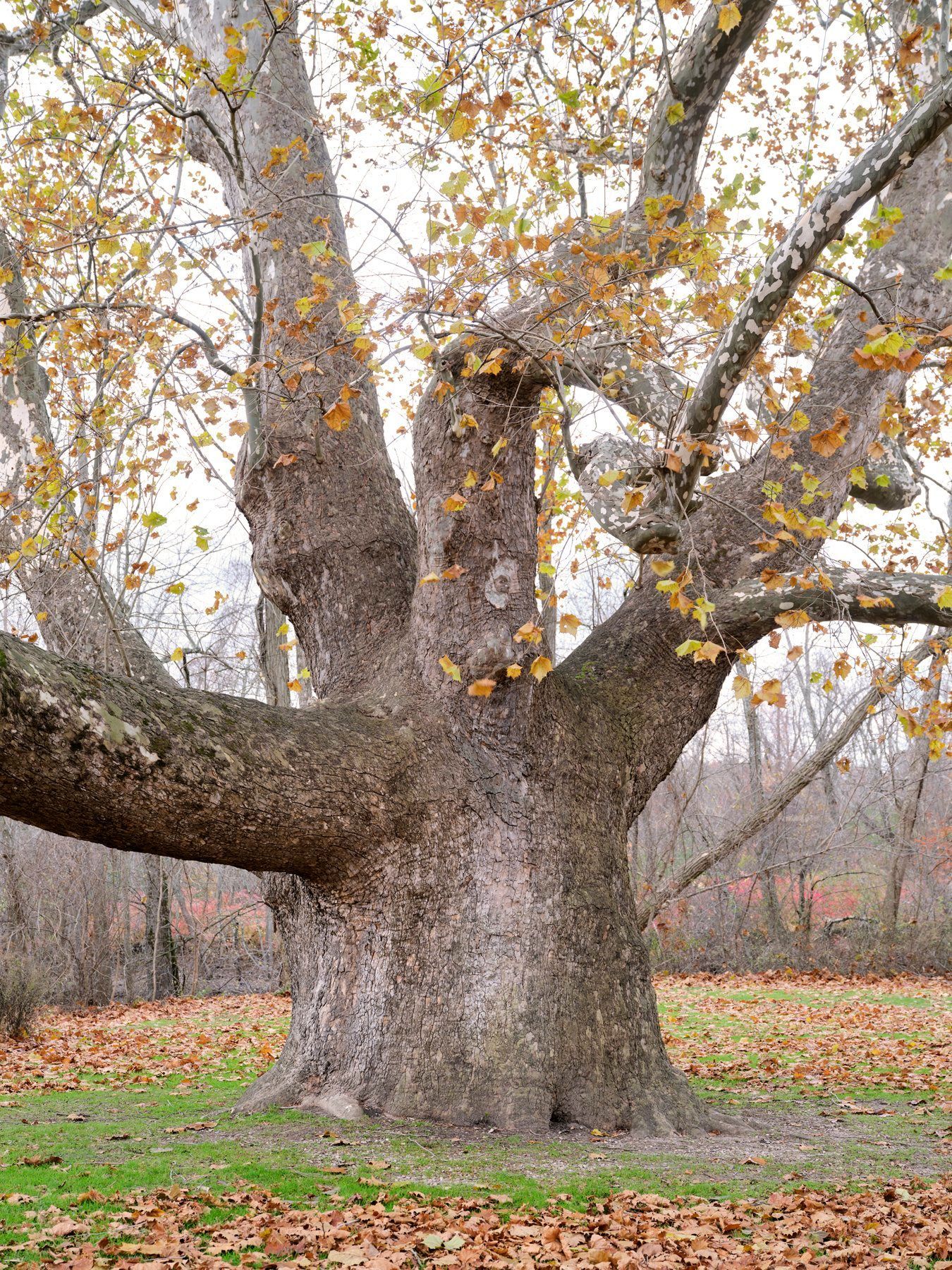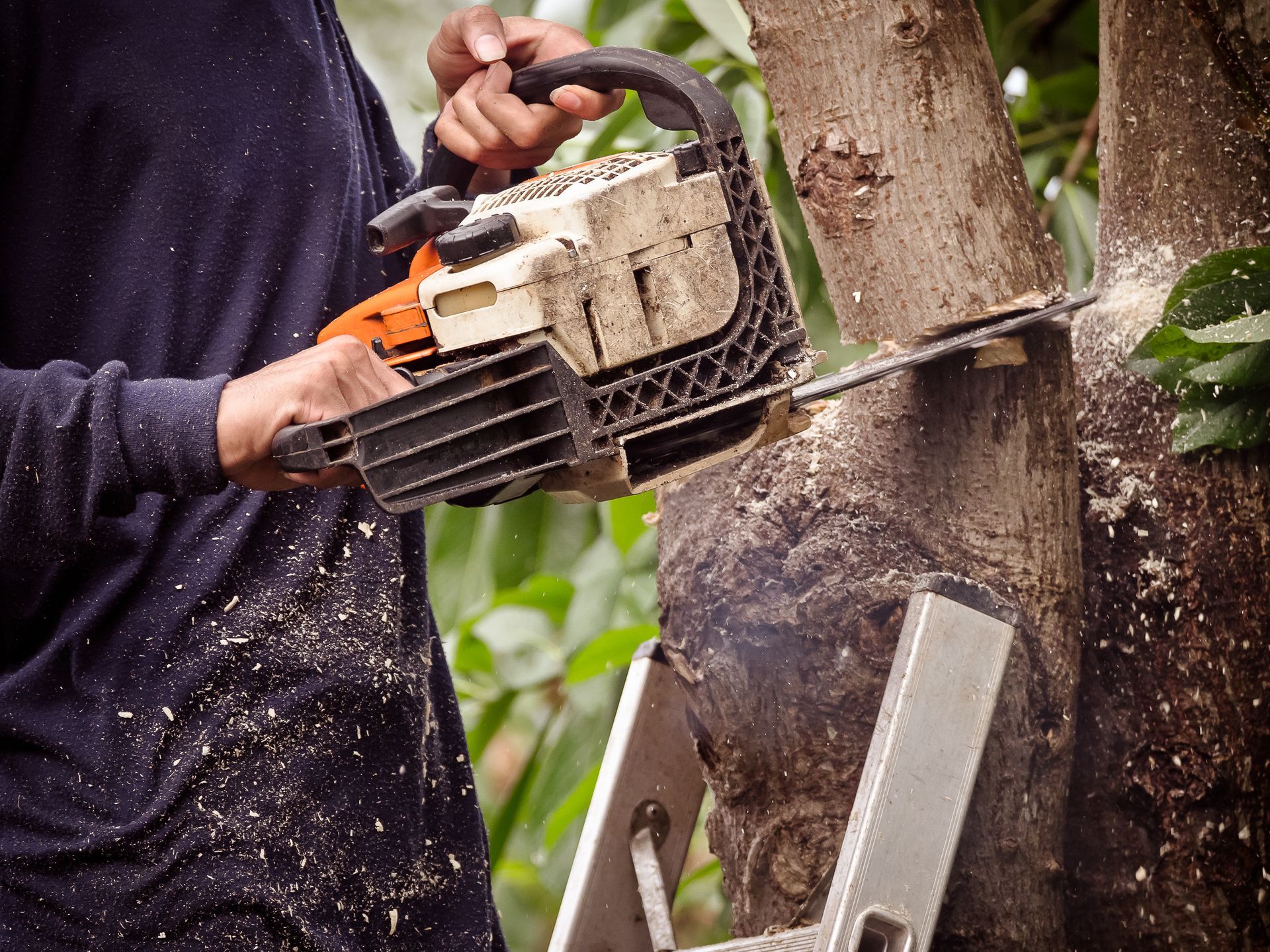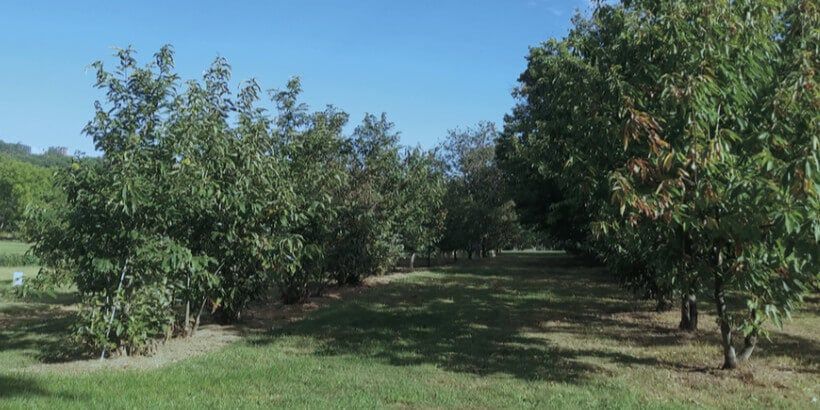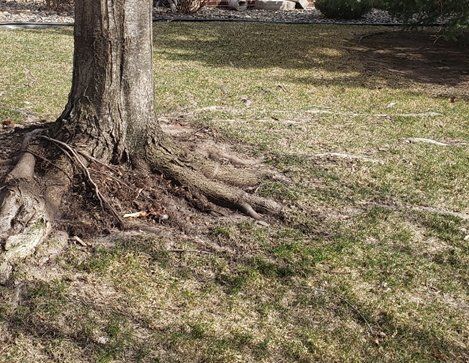How to Rot a Tree Stump Fast?
Efficient Methods to Accelerate Tree Stump Decomposition
Dealing with an unsightly tree stump in your yard can be a challenge, but employing effective techniques can speed up the decomposition process, making stump removal more manageable. This guide explores various approaches to quickly and efficiently rot a tree stump.
Understanding the Decay Process:
Before diving into methods, it's important to understand how decay occurs naturally. Tree stumps decompose over time as fungi and bacteria break down the wood fibers. By expediting this natural decay, you can facilitate stump removal.
Method 1: Chemical Stump Removers
Chemical stump removers, available at garden centers, accelerate decomposition by stimulating microbial growth and wood decay. Here's how to use them effectively:
- Drilling Holes: Use a power drill to create holes in the top and sides of the stump.
- Applying the Remover: Fill the drilled holes with the chemical stump remover following the manufacturer's instructions.
- Watering the Stump: Water the stump thoroughly to activate the chemicals and encourage decay.
- Covering the Stump: Cover the stump with a tarp or plastic sheeting to retain moisture and heat, expediting the rotting process.
Method 2: Natural Decomposition
Harnessing nature's power can also expedite stump decay. Follow these steps:
- Increasing Moisture: Keep the stump moist by regular watering to create an optimal environment for fungi and bacteria.
- Adding Nitrogen-Rich Materials: Apply compost or manure to the stump to speed up decomposition.
- Plastic Covering: Cover the stump with a thick plastic sheet or tarp to trap moisture and heat, creating a humid environment conducive to decay.
- Patience: Natural decay takes time, so monitor the stump regularly for signs of decomposition.
Method 3: Epsom Salt Treatment
Epsom salt, or magnesium sulfate, can aid in accelerating stump decay. Here's how to proceed:
- Drilling Holes: Use a power drill to make holes in the stump's top and sides.
- Filling with Epsom Salt: Fill the drilled holes with Epsom salt, ensuring direct contact with the wood.
- Watering the Stump: Water the stump thoroughly to dissolve the Epsom salt and facilitate absorption.
- Repeat Applications: Reapply Epsom salt every few weeks until decay becomes evident.
Rotting a tree stump efficiently requires patience and the right strategy. Whether using chemical stump removers, natural decomposition methods, or Epsom salt treatments, creating an environment conducive to decay is essential. By employing these methods and monitoring progress, you can expedite stump removal and reclaim your yard space efficiently.
